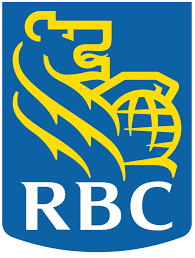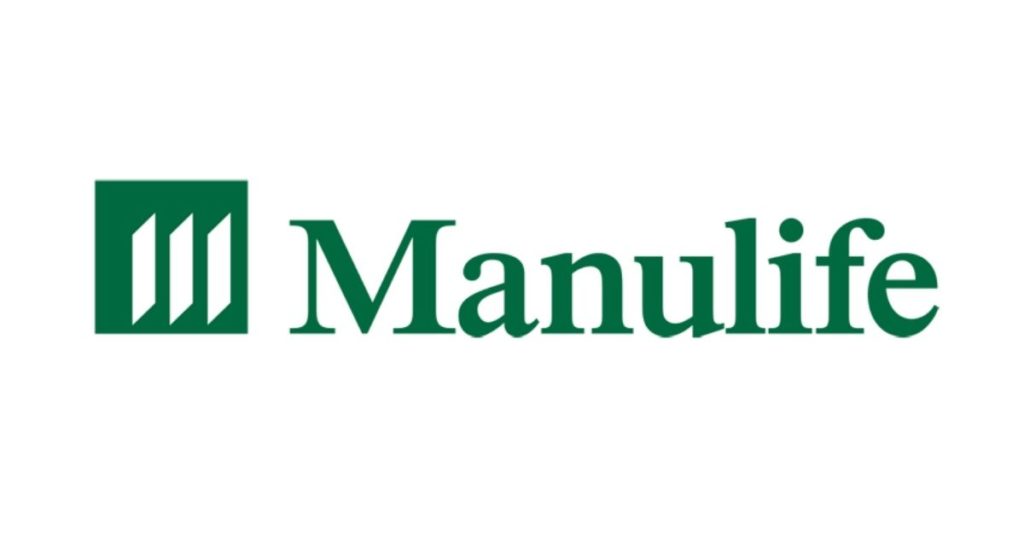Are you looking to invest in one or more dividend mutual funds but have no idea how to get started?
Over a 30-year time period, dividends represented 35% of the average annual total return of the S&P/TSX Composite Total Return Index.
If you are investing on your own (through a discount brokerage), it is important only to consider mutual fund series that do not charge an embedded commission. These funds charge much higher fees in order to compensate advisors who are typically selling them.
The funds that we will focus on below are commonly labelled “F-Series” funds.
I’ll cover the best dividend mutual funds in Canada below and provide you with an overview of their features.
Pros and Cons of Dividend Mutual Funds
Dividend mutual funds, like all investments, come with their pros and cons.
- A good source of income from dividends
- Actively-managed mutual funds may be able to outperform broader markets
- Dividend mutual funds may have more specific mandates than broad-market dividend ETFs
- Dividend mutual funds typically come with higher fees than dividend ETFs
- Mutual fund dividend strategies are generally considered less tax-efficient than ETF counterparts
- Poor active management can lead to underperformance relative to the broad market
While dividend ETFs are generally a superior choice due to their lower fees and higher tax efficiency, a dividend with a long track record of excellent performance can also be a good choice.
Dividend Mutual Funds vs ETFs
At a glance, dividend mutual funds and ETFs might seem interchangeable, but they have distinct characteristics.
- Fees: Mutual funds often come with higher management fees than ETFs. This difference in fees can affect the overall returns for investors, especially over the long term.
- Flexibility: ETFs can be bought or sold throughout the trading day at current market prices. In contrast, mutual funds are priced once a day after the market closes.
- Management: While many ETFs are passively managed, mirroring a specific index, mutual funds are typically actively managed. This means fund managers make decisions on buying or selling assets based on research and analysis.
- Minimum Investment: Some mutual funds have minimum investment requirements, while ETFs allow investors to buy even a single share.
Overall, I like ETFs more than mutual funds due to their much lower fees. Here’s a list of the top dividend ETFs in Canada.
Best Dividend Mutual Funds in Canada
- RBC Canadian Dividend Fund (RBF607 [series F])
- Manulife Fundamental Dividend Fund (MMF3622 [series F])
- Dynamic Dividend Fund (DYN232 [series F])
- Fidelity Dividend Fund (FID611 [series F])
- AGFiQ Canadian Dividend Income Fund (AGF185 [series F])
1. RBC Canadian Dividend Fund

- Mutual Fund Code: RBF607 (series F)
- Inception Date: August 13, 2001
- Assets under Management: $18.28 Billion
- Management Expense Ratio: 0.77%
- Management Style: Active
- Risk Rating: Medium
- Distributions: Quarterly
- Yield: 3.9%
RBC Global Asset Management is a massive investment manager in Canada. It offers Canadians an excellent dividend mutual fund through the RBC Canadian Dividend Fund.
The fund focuses on generating modest long-term capital growth and regular dividend income. It invests in common and preferred shares of Canadian companies that currently offer investors an above-average dividend yield.
The RBC Canadian Dividend Fund is an enormous mutual fund in terms of assets under management and comes with a very long performance track record. It has currently performed exceptionally well versus Canadian dividend peers over the long term.
The fund offers investors a good yield on a quarterly basis. The RBC Canadian Dividend Fund is offered to investors at a low MER relative to other dividend fund peers (but still at a slightly higher MER than most dividend ETFs).
Since the fund invests almost exclusively within Canada, you will not get the benefits of global diversification.
The RBC Canadian Dividend Fund is an excellent choice within Canada as a dividend mutual fund.
2. Manulife Fundamental Dividend Fund

- Mutual Fund Code: MMF3622 (series F)
- Inception Date: November 3, 2014
- Assets under Management: $454.61 Million
- Management Expense Ratio: 1.10%
- Management Style: Active
- Risk Rating: Medium
- Distributions: Monthly
- Yield: 7.67%
Manulife offers an excellent dividend mutual fund here in Canada. The fund focuses on both generating capital growth as well as income from its investments.
It does this by investing mainly in high-yielding stocks here in Canada, but it also has the flexibility to invest in fixed income.
The fund has the ability to invest up to 30% of its assets in foreign securities.
The Manulife Fundamental Dividend Fund is a large mutual fund by assets and has a fairly long performance track record. It currently has excellent long-term performance.
The fund pays an excellent yield on a monthly basis to investors. It is offered to investors at a high MER relative to other dividend mutual fund peers (substantially higher than most dividend ETFs).
Since the fund invests mainly within Canada, it will not be as geographically diversified as its global dividend fund peers.
The Manulife Fundamental Dividend Fund is a good dividend mutual fund to consider adding to your portfolio.
3. Dynamic Dividend Fund

- Mutual Fund Code: DYN232 (series F)
- Inception Date: March 4, 2002
- Assets under Management: $1.46 Billion
- Management Expense Ratio: 1.00%
- Management Style: Active
- Risk Rating: Low to Medium
- Distributions: Monthly
- Yield: 1.6%
Dynamic is another well-known investment manager here in Canada, offering Canadians a strong mutual fund shelf.
The fund aims for a stable and conservative monthly income stream while offering investors the potential for capital appreciation. It invests in Canadian companies that are high quality and have attractive free cash flows.
Currently, the fund is roughly 65% invested within Canada and almost 30% invested in the US.
The Dynamic Dividend Fund is a very large mutual fund in terms of assets under management and has a very long performance track record. It currently offers investors a fantastic long-term rate of return.
The fund offers investors a low yield and pays distributions monthly. Its yield is significantly lower than most peers on the list. The Dynamic Dividend Fund comes with a relatively high MER, especially compared to the RBC Canadian Dividend Fund.
Although the fund invests in both Canada and the US, it does not invest in dividend-paying companies internationally (offering lower diversification).
The Dynamic Dividend Fund has great features which makes it a good dividend mutual fund option to consider.
4. Fidelity Dividend Fund

- Mutual Fund Code: FID611 (series F)
- Inception Date: May 25, 2005
- Assets under Management: $2.825 Billion
- Management Expense Ratio: 0.91%
- Management Style: Active
- Risk Rating: Medium
- Distributions: Monthly
- Yield: 2.54%
Fidelity Investments is an enormous asset manager globally with a strong presence within Canada. The fund invests in high-quality companies with the potential to maintain and grow their dividends.
The fund’s portfolio management team aims to reduce market volatility where possible during difficult market periods.
The majority of the fund is currently invested in Canadian equities (over 75%) but the fund has the potential to invest up to 30% in foreign securities.
The Fidelity Dividend Fund is yet another very large mutual fund in terms of assets and comes with a long performance track record. It currently offers investors an incredible long-term rate of return.
The fund pays distributions on a monthly basis and offers investors a relatively low yield. Its yield is significantly lower than most peers on the list. The fund’s MER is relatively inexpensive when compared to the fees of peers on the list.
Despite an overwhelming allocation to Canadian stocks, the fund also currently has a small allocation to the US as well as other assets.
Given the fund’s characteristics, the Fidelity Dividend Fund is a top pick to consider when it comes to Dividend Mutual Funds in Canada.
5. AGFiQ Canadian Dividend Income Fund

- Mutual Fund Code: AGF185 (series F)
- Inception Date: April 14, 2003
- Assets under Management: $1.83 Billion
- Management Expense Ratio: 1.18%
- Management Style: Active
- Risk Rating: Low to Medium
- Distributions: Monthly
- Yield: 1.3%
AGF Management is a slightly less well-known investment manager here in Canada, offering Canadians a great fund through the AGFiQ Canadian Dividend Income Fund.
The fund invests in companies with attractive and growing dividends while also looking to manage downside risk. A quantitative investment process is included along with the fund’s fundamental approach to picking stocks.
The majority of the fund’s assets are currently in Canadian stocks, with a smaller allocation towards US stocks and a tiny allocation to Canadian fixed income.
The AGFiQ Canadian Dividend Income Fund is a huge mutual fund in terms of assets under management and has a very long performance track record. It currently offers investors a great long-term rate of return.
The fund pays monthly distributions and currently offers an extremely low yield. The fund’s MER is currently the highest on my list, significantly higher than some more inexpensive peers.
Since the fund is offered at a relatively high MER and currently lags behind some peers in terms of long-term performance, it is difficult to recommend the AGFiQ Canadian Dividend Income Fund as the best option.
Are Dividend Mutual Funds Worth the Fees?
Determining whether a dividend mutual fund is worth its fees depends on three main factors:
- How expensive the mutual fund is relative to comparable dividend ETFs
- How strong net-of-fees, long-term performance is
- The types of strategies used by the portfolio management team
Mutual funds generally have a hard time outperforming broader markets and ETF peers (mainly due to their higher fees).
You can check out the full list of the best dividend ETFs in Canada here.
Conclusion

If you are looking to invest in dividend strategies here in Canada, there are several excellent options within the mutual fund space.
Keep in mind that fees and net-of-fees, long-term returns are crucial in determining whether a mutual fund is a competitive investment choice.
If you are a new investor, make sure to check out my detailed guide which outlines how to start investing in Canada.




